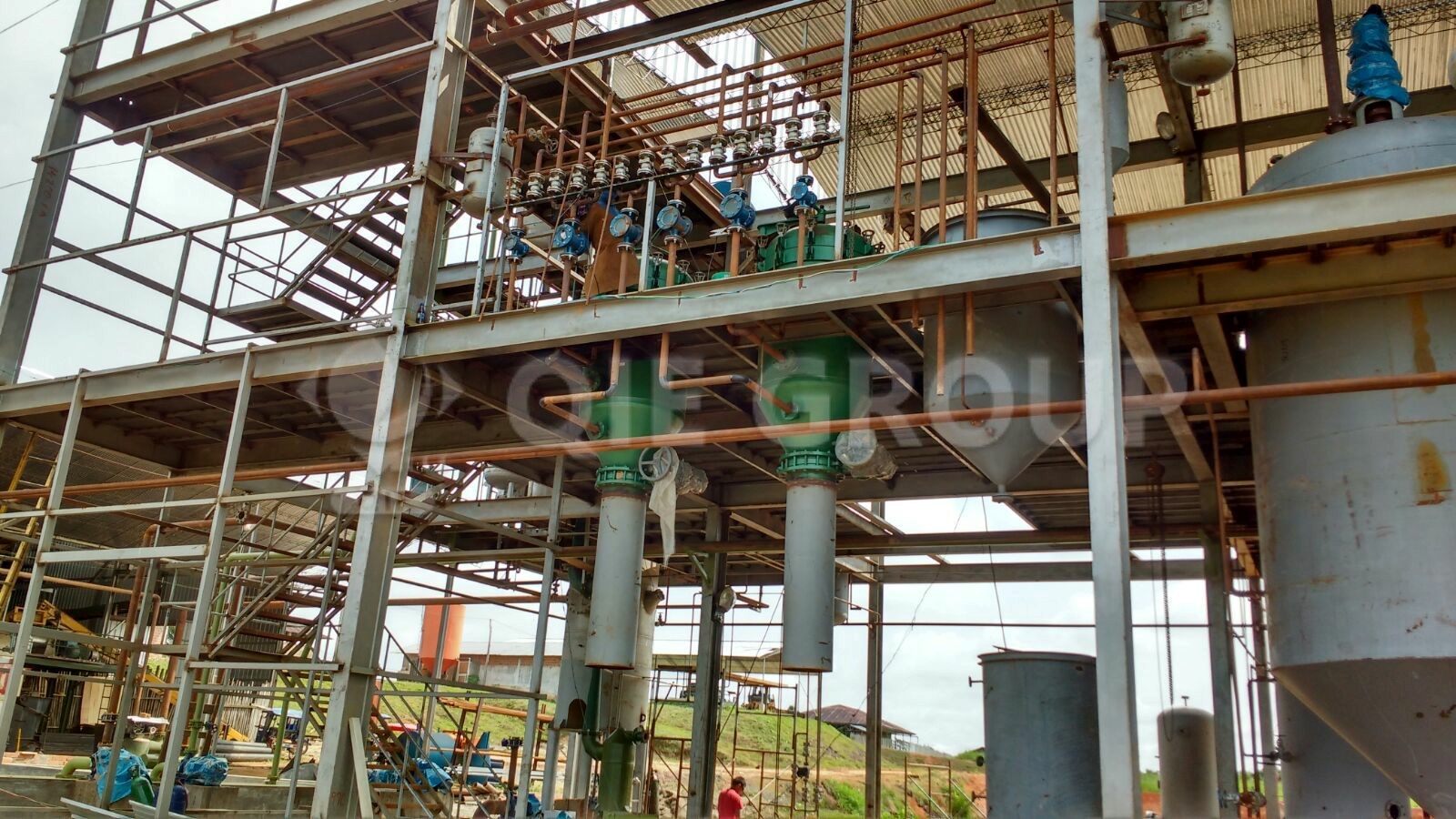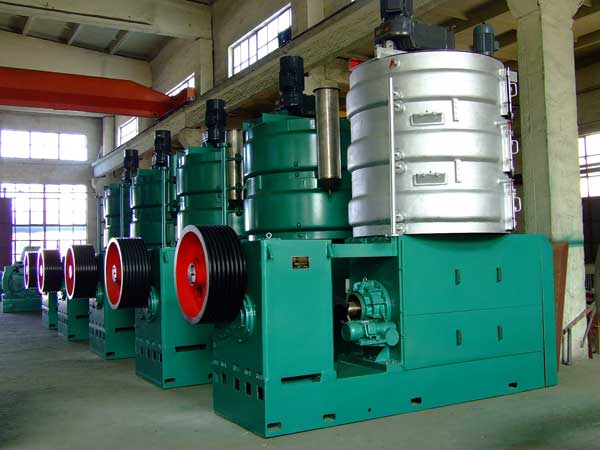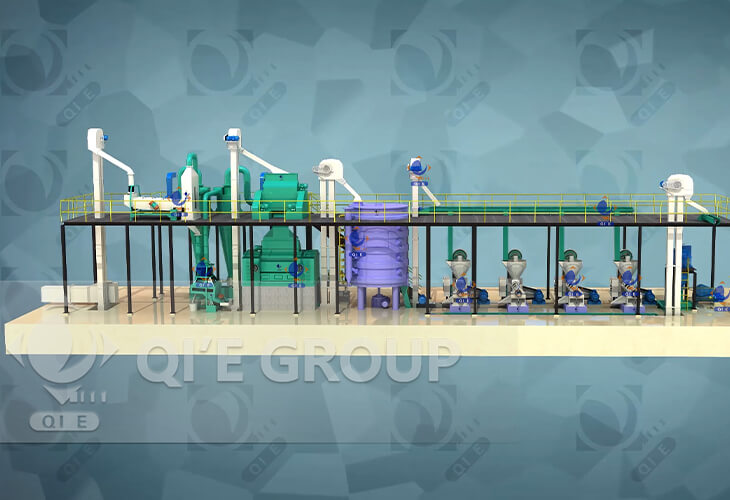
Investing in a peanut oil processing plant requires careful consideration of equipment selection to ensure operational efficiency and quality output. Central to this process are the peanut oil pretreatment machines and peanut oil pressing machines, whose compatibility and technical sophistication directly affect production capacity, oil yield, and overall cost-effectiveness. Industry research indicates that mismatched equipment can reduce production efficiency by up to 15% and incur significant maintenance expenses. This article aims to offer a professional and data-backed perspective on optimizing equipment pairing, focusing on production scale, technology, brand reputation, and after-sales support.
The pretreatment machine prepares raw peanuts by cleaning, dehulling, roasting, and possibly drying. It sets the foundation for efficient oil extraction by enhancing oil yield and preserving quality. Key performance metrics include temperature control precision (±2°C), throughput rates aligned with plant capacity, and automation features reducing manual intervention.
The pressing machine mechanically extracts oil from the prepared peanuts or peanut cake. Modern screw presses exhibit extraction efficiencies upwards of 85%, significantly outperforming older hydraulic presses which may hover around 75%. Proper matching of pressing capacity to pretreatment output is crucial to avoid bottlenecks.

Equipment selection must reflect the targeted daily output. For instance, a small-scale plant processing 1 ton of peanuts per day typically pairs a pretreatment unit with around 1,200 kg/h capacity and a pressing machine rated for approximately 800 kg/h with expected downtimes accounted for. For midsize operations targeting 10 tons per day, pretreatment capacity should scale up to roughly 12,000 kg/h, with pressing units running in parallel to sustain throughput without overloading.
Neglecting proper capacity matching often induces workflow interruptions and accelerates wear, detrimentally impacting oil quality and maintenance costs.
A streamlined process flow integrating pretreatment, pressing, and subsequent filtration ensures minimal oil loss and contamination. Industry authorities like the International Oil Producers Association recommend maintaining strict temperature ranges during roasting (120-140°C) to optimize flavor and oil extraction while preventing nutrient degradation.

Selecting equipment built with high-grade materials, such as stainless steel food-grade components, ensures durability and compliance with international food safety standards like ISO 22000. Leading brands invest heavily in R&D to incorporate energy-efficient motors and modular designs, simplifying maintenance and reducing operational costs.
Moreover, brand reputation often correlates with adherence to warranties and robust technical support, critical for reducing downtime. A recent industry survey revealed that over 70% of peanut oil producers prioritize suppliers offering comprehensive post-sale services.
| Selection Aspect | Recommended Criteria | Benefit |
|---|---|---|
| Material Quality | Stainless steel grade 304/316, food grade | Corrosion resistance, hygiene assurance |
| Brand Support | Comprehensive warranty, 24/7 technical service | Minimized downtime, quicker issue resolution |
| Automation Level | PLC control, sensor integration | Higher precision, reduced labor cost |
After-sales service underpins the sustainable operation of peanut oil processing plants. Providers offering remote diagnostics, regular maintenance visits, and fast spare parts delivery contribute to production uptime exceeding 95%. Investors should prioritize suppliers whose service agreements clearly detail response times and maintenance schedules.

Common pitfalls include incompatible equipment capacity ranges, poor equipment quality leading to frequent breakdowns, and insufficient operator training. Employing a comprehensive pre-purchase checklist and consulting with experienced machinery providers can mitigate these risks effectively.
For example, a mid-sized factory that initially chose mismatched components saw a 20% drop in daily throughput and increased maintenance costs. Upon reconfiguration with appropriately matched machines and enhanced after-sale training, output rebounded by 18% within two months.

